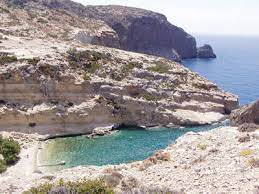South Crete offers a captivating blend of rugged landscapes, secluded beaches, and rich cultural heritage. Here's a curated guide to help you explore this enchanting region:
Beaches & Coastal Highlights
- Matala Beach: Once a haven for hippies in the 1960s, Matala is renowned for its sandy shores and historic caves carved into the cliffs. It's a perfect spot for swimming and soaking up the sun.
- Kokkini Ammos (Red Beach): A short hike from Matala, this secluded beach boasts striking red-hued sands and clear waters. It's ideal for those seeking tranquility away from the crowds.
- Agiofarago Beach: Accessible via a scenic hike through a gorge, this beach is known for its fine pebbles and crystal-clear waters. Nearby, the hidden Agiofarago Lake offers a unique photo opportunity. The access with a car is dangerous- do not try with a small car- a crossover car is needed
- Kokkinos Pyrgos: A well-organized beach with sunbeds and tavernas, it's perfect for a relaxing day by the sea.
Nature & Adventure South Crete
- Samaria Gorge: One of Europe's longest gorges, it offers a 16 km hike through diverse landscapes, culminating at the Libyan Sea. It's a UNESCO Biosphere Reserve and a must-do for avid hikers.
Visiting South Crete offers a less crowded and more authentic experience compared to the north. You'll find stunning, secluded beaches like Elafonissi and Preveli, charming traditional villages nestled in the mountains, and dramatic gorges perfect for hiking. The pace of life is slower, the food is delicious and locally sourced, and the people are incredibly welcoming, making for a truly relaxing and memorable Greek island getaway.
Culture & History South Crete
- Knossos Palace: Near Heraklion, this ancient Minoan site is one of Europe's most significant archaeological treasures, offering insights into early European civilization.
Raki Festivals: Experience authentic Cretan culture by participating in local raki-making festivals, where you can taste the island's traditional spirit and enjoy communal celebrations.
Culinary Delights South Crete
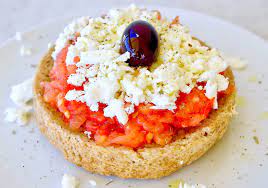
- Dakos: A traditional salad featuring barley rusk, tomatoes, feta, and olive oil.
Travel Tips South Crete
- Getting Around: Renting a car is highly recommended to explore the diverse landscapes and hidden gems of South Crete.
- Best Time to Visit: Late spring (May) offers pleasant weather and fewer tourists, making it ideal for outdoor activities and beach visits.
- Local Etiquette: Embrace the relaxed pace of life, greet locals with a smile, and don't hesitate to ask for directions or recommendations—they're known for their hospitality.
Whether you're hiking through ancient gorges, lounging on pristine beaches, or savoring local delicacies, South Crete promises an unforgettable experience. Let me know if you'd like assistance with accommodations, itineraries, or any other travel details!
Moussaka: A hearty casserole layered with eggplant, minced meat, and béchamel sauce.
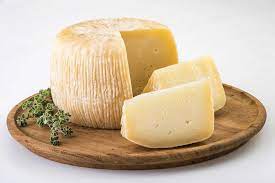
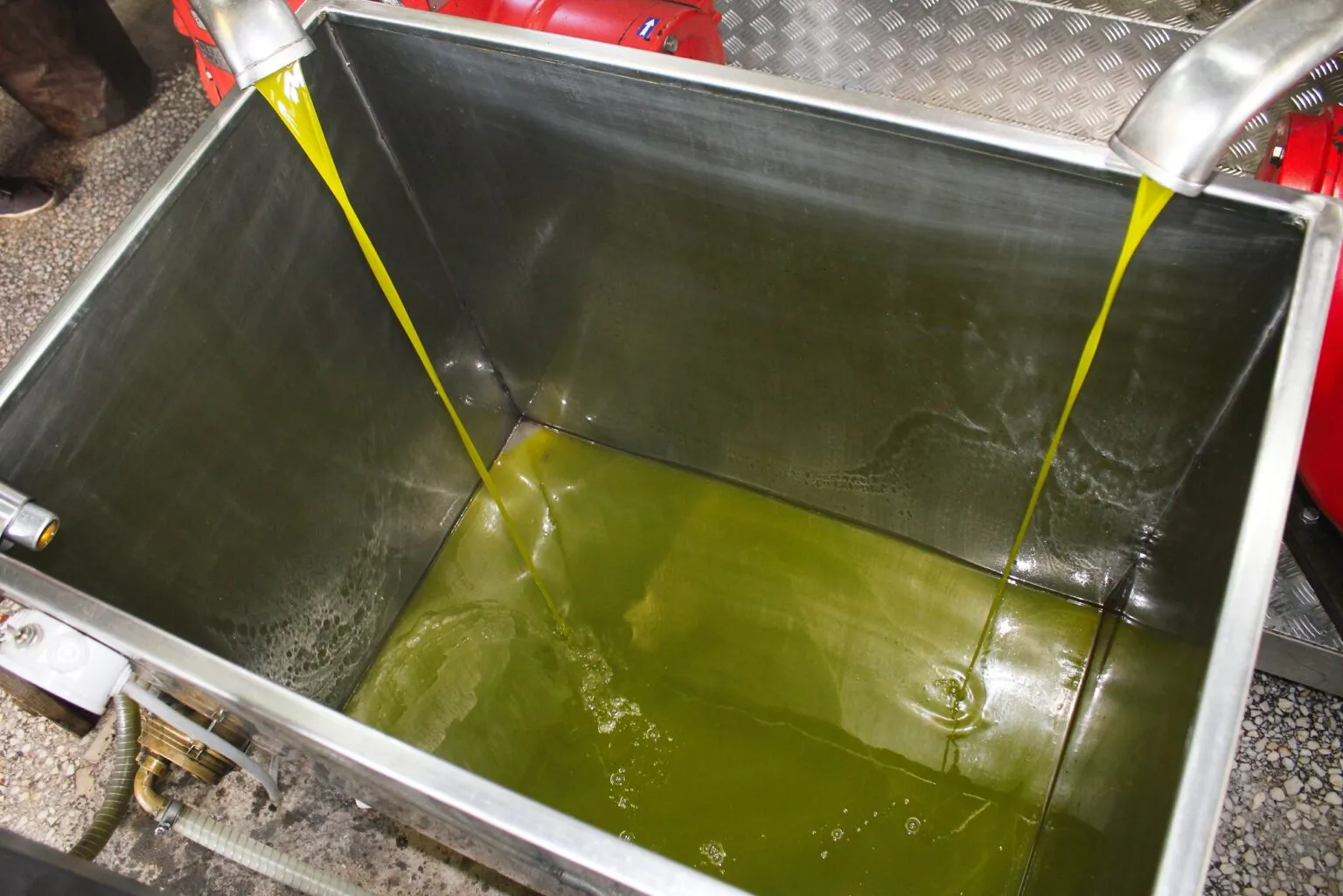
The distance from South Crete to Chania International Airport (CHQ), often referred to as "New Kasteli" by some, varies significantly depending on your specific location in South Crete. For example, driving from Rethymno on the south coast to Chania Airport is roughly 1.5 to 2 hours (around 80-100 km), while driving from areas further east like Plakias or Agia Galini would take longer, potentially 2 to 3 hours or more.
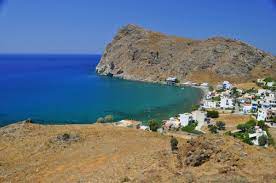
Loutro Gortynas is a small, inland village located in the regional unit of Heraklion, Crete, specifically within the municipality of Gortyna. It's situated in a rural area, known for its agricultural landscape and traditional character. The village is close to the ancient site of Gortyna, a significant archaeological area, and offers a glimpse into the quieter, more traditional side of Crete away from the coast.
Antiskari is a traditional village located in the foothills of the Asterousia Mountains in southern Crete, within the Heraklion regional unit. It's a relatively small and quiet village known for its authentic Cretan character, agricultural surroundings (particularly olive groves), and a few kafeneions where locals gather. Antiskari offers a glimpse into rural Cretan life away from the coast.
Dytikos is a small, charming village located on the south coast of Crete, specifically in the region of Heraklion. It's known for its tranquil atmosphere, a lovely pebble beach, and a few tavernas right by the sea, offering a relaxed and traditional Greek experience away from the more touristy areas.
Tripiti Beach is a beautiful, secluded beach located South Crete, near the village of Lendas. It's known for its dramatic cliffs, crystal-clear turquoise waters, and a distinctive rock formation with a "tripa" (hole) that gives the beach its name. Access can be challenging, sometimes requiring a hike or boat, which contributes to its unspoiled and tranquil atmosphere, making it a favorite for those seeking peace and natural beauty.
Tris Ekklisies is a remote village and beach located South Crete, known for its dramatic, rugged landscape and sense of isolation. The name translates to "Three Churches," referring to the small churches in the area. It's a place popular with those seeking tranquility, hiking opportunities in the surrounding gorges, and a connection with unspoiled nature, far from the more developed tourist areas.
Tsoutsouros is a peaceful coastal village located South Crete, known for its laid-back atmosphere and long, sandy beach. It's a popular spot for families and those seeking a quiet getaway, offering traditional tavernas, cafes, and accommodation options, all while maintaining a relaxed, authentic Greek charm.
Sarakinos is a village located inland on Crete, known for its traditional character and agricultural surroundings. It's not a major tourist destination, but rather a glimpse into authentic Cretan rural life, surrounded by olive groves and offering a peaceful atmosphere away from the coast.
Kastri is a name shared by several locations in Greece, often referring to a place with historical significance, potentially the site of an ancient castle or settlement. Without further context, it's difficult to pinpoint a specific Kastri, but the name generally implies a connection to the past and often a scenic or elevated position.
Keratokampos is a coastal village located South Crete, known for its quiet beaches and relaxed atmosphere. It's a less developed tourist area compared to some of the northern resorts, offering a more laid-back and traditional Greek island experience, popular with those seeking tranquility and natural beauty.
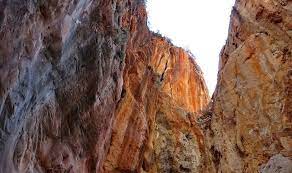
Sydonia is a small, quiet village located on the southeastern coast of Crete, nestled between mountains and the Libyan Sea. It's known for its peaceful atmosphere, a few tavernas, and a lovely pebble beach, making it an ideal spot for those seeking a truly relaxing and secluded getaway.
